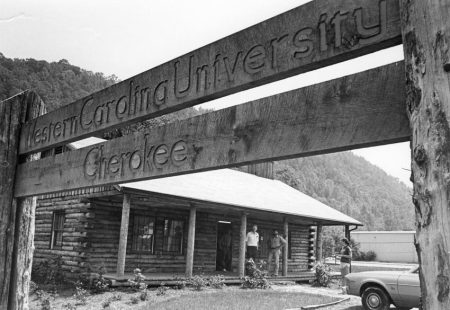History of the Wilmington 10

In the 1960’s and 70’s, black residents of Wilmington, North Carolina were unhappy with the lack of progress of implementing integration and other civil rights reforms in-acted by the American Civil Rights Movement. Many struggled with poverty and the lack of opportunity.
Tensions heightened after the 1969 integration of local schools, as the city closed Williston Senior High School, which was a source of Black community pride. New Hanover School system then laid off Black teachers, principals, coaches, and began the process of transferring Black students to other schools. There was little or no preparation for the changes.
School administration resisted meeting with students to hear their grievances and, as a result, students decided to boycott the high schools. Clashes between white and Black students resulted in a number of arrests and school expulsions. Street violence broke out between them and Blacks in the Wilmington area.
In response to local tensions, members of the Ku Klux Klan began patrolling the streets, taunting Black community members. A effigy of the school’s (white) superintendent was hung in a noose, and his phone lines cut.
Hostilities reached a boiling point in late January 1971 when Ben Chavis, a experienced activist from Oxford, NC, was called to Wilmington to organize a boycott. Shortly after Chavis’s arrival, two downtown businesses were burned and there was evidence of other arson attempts around the city.
On the night of February 6, 1971, several fires were set and a small downtown grocery store was firebombed. When firemen responded to the grocery store fire, they reported that gunshots were fired at them by snipers on the roof of the Gregory Congregational Church. Chavis and a number of people and students were barricaded in the church building. Two people were killed and several injured during the battle that raged that night and into the next day.
On February 8th, the governor of North Carolina called up the National Guard, whom forced their way into the church only to find it was empty. The finger pointing began, and Ben Chavis, along with eight other Black males and one white female poverty worker, were falsely convicted of conspiracy in the firebombing of the grocery store.
As a result of these convictions, the 10 activists were collectively sentenced to 282 years in prison, and individually served between four and six years in prison. These convictions and sentences sparked national protests, and gained international attention and condemnation.







